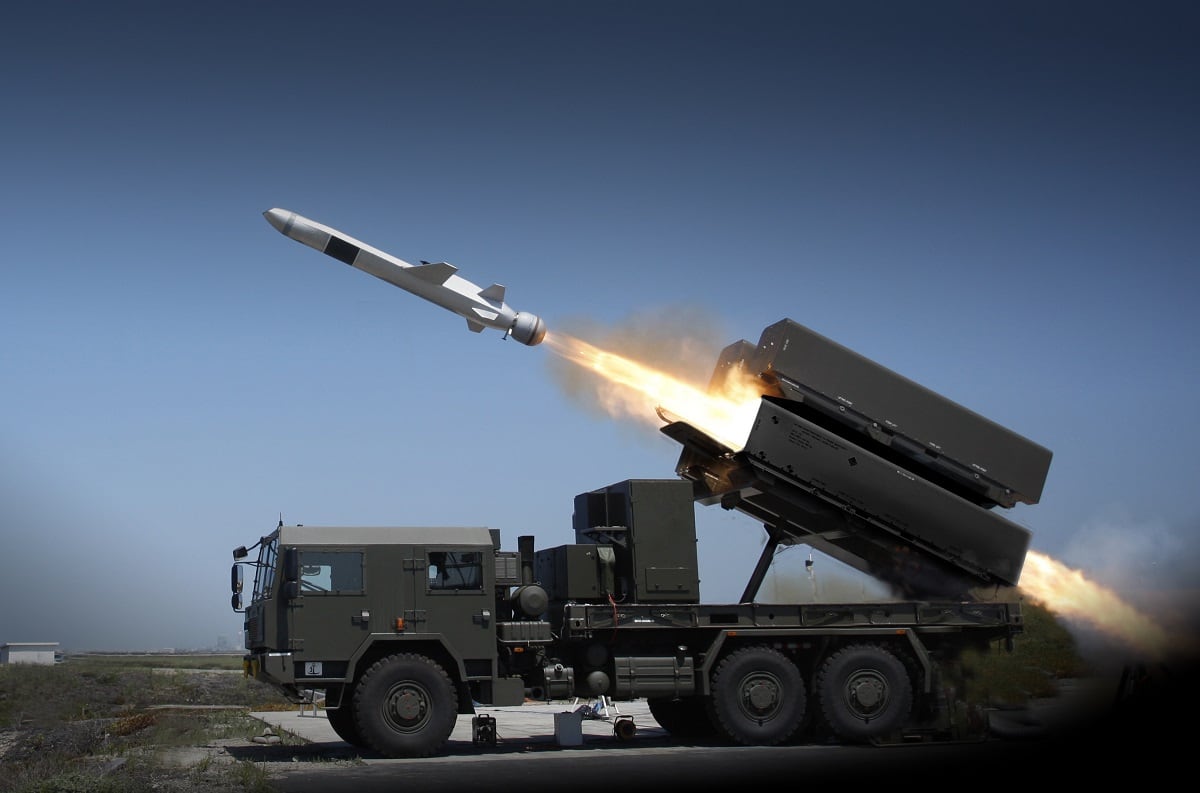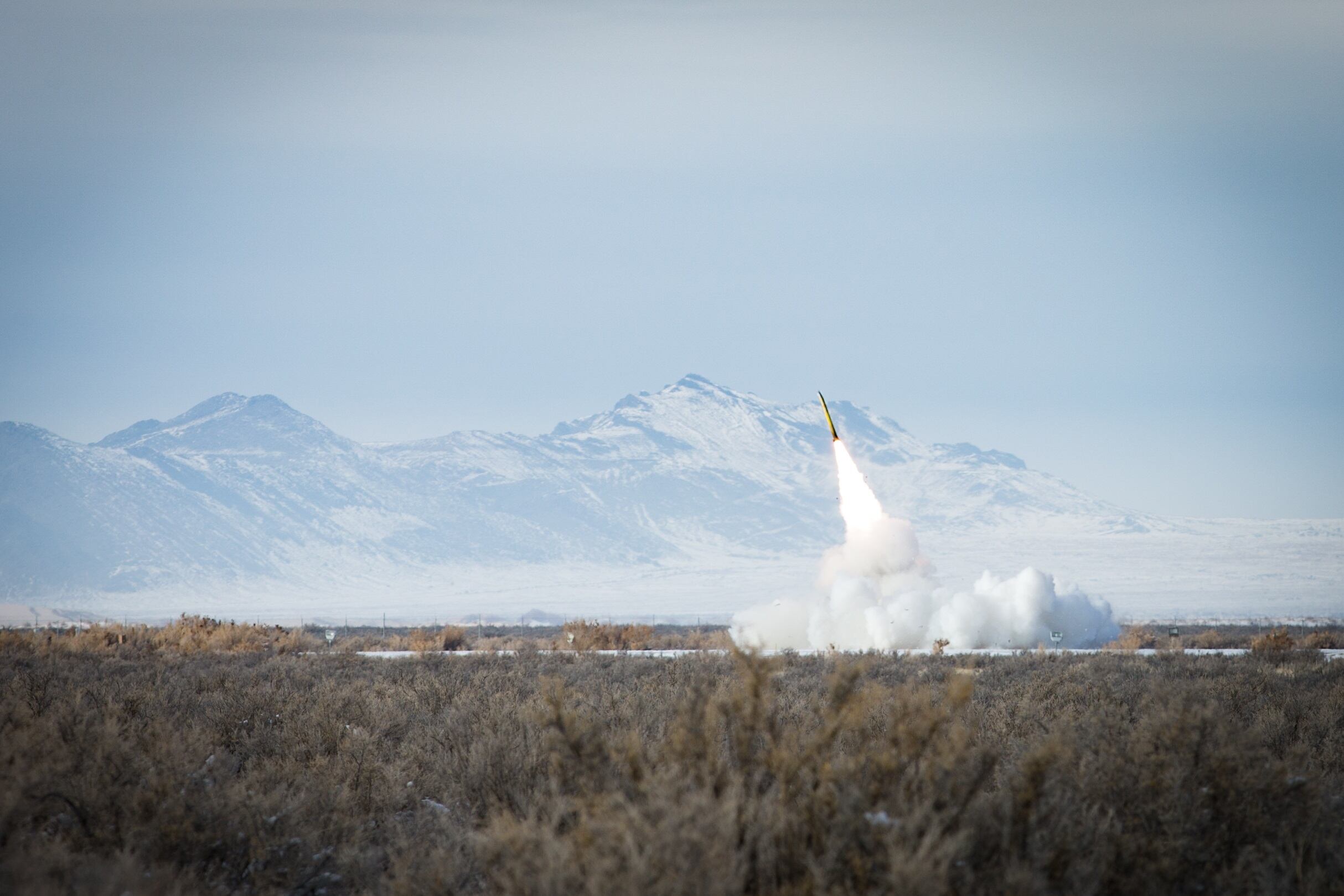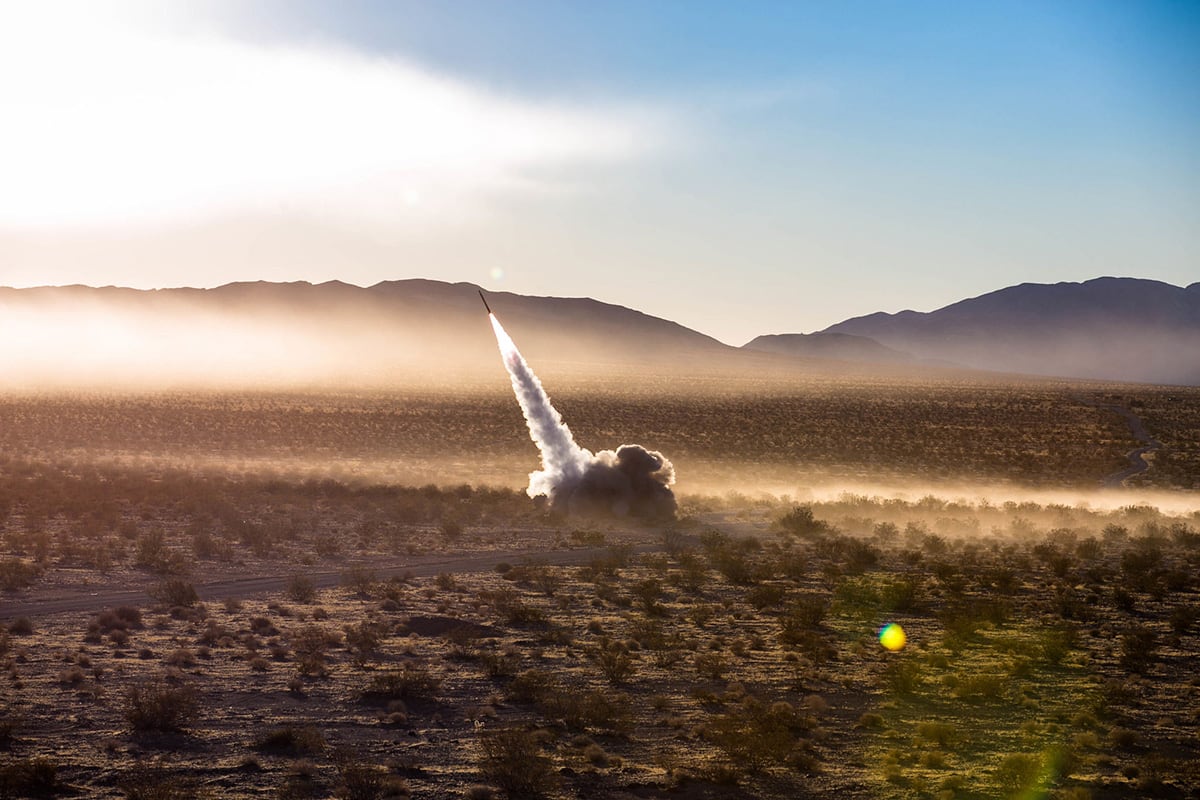As the Corps prepares for future warfare in the vast expanse of the Pacific Ocean with tech adept forces, the Marines are looking at a host of technologies to help sink enemy ships.
Breaking Defense reported that the Corps kicked off a program dubbed the Navy-Marine Expeditionary Ship Interdiction System, or NEMSIS, which is looking at ship killing missiles fired from ground-based vehicles.
“There’s a ground component to the maritime fight. We’re a naval force in a naval campaign; you have to help the ships control sea space. And you can do that from the land,” Gen. Robert Neller, the commandant of the Marine Corps, told USNI News Friday at WEST 2019 conference.
“Marines’ traditional mission is the seizure and securing of advance naval bases for the prosecution of the naval campaign. But if the air space is more contested and you want to be able to keep ships away at some distance because they’ve got long-range strike, you’ve got to be able to strike them,” Neller told USNI News.

According to Breaking Defense, the Corps is interested in three missiles: Lockheed Martin’s Long-Range Anti-Ship Missile, or LRASM, Raytheon’s Naval Strike Missile and Boeing’s Harpoon.
Lockheed was recently awarded a $172 million contract for its air version of the LRASM for the Navy and Air Force, according to a company release.
Raytheon’s Naval Strike Missile can find and take out targets at nearly 100 nautical miles, according to a description on the company’s website.
And variants of the Harpoon boast a 500-pound warhead and a range in excess of 67 nautical miles, according to Boeing’s description on the company website.
Brig. Gen. Christian Wortman, commander of the Marine Corps Warfighting Lab, described the Corps’ push for an anti-ship missile at the West 2019 conference as a “relatively near-term capability,” USNI reported.
While the Corps looks for ship sinking missiles, the force is also trying to extend the range of its existing arsenal of rocket artillery and weapon systems to help the force survive in any potential fight in the Pacific.
RELATED

The Corps has already test fired its rocket artillery system known as HIMARS from the deck of a Navy ship. But it’s also practicing an airborne artillery raid tactic known as HIMARS Rapid Infiltration, or HI-RAIN.
With this tactic, the Corps can load the HIMARS into a KC-130, fly toward a target location, quickly offload and destroy a target, then rapidly exfiltrate from the area.
The tactic could prove useful as the Corps plans to fight from a serious of distributed island outposts or ship barge like bases.
Shawn Snow is the senior reporter for Marine Corps Times and a Marine Corps veteran.





